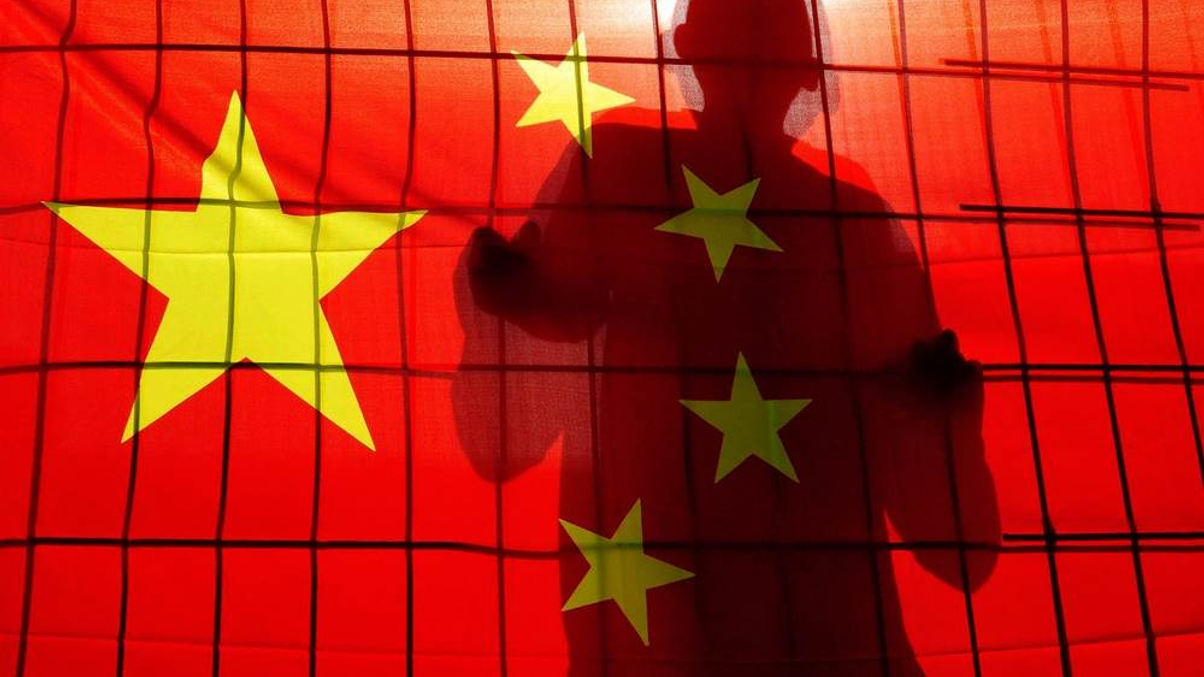China new AM rules unlikely to quell surging WMPs
The country's first unified rules on the asset management industry are targeting wealth management products. But several experts predict issuance will rise, despite the tougher rules.

China’s new asset management product rules, which propose to restrict financial institutions from using their capital to compensate investors over failed investment products, are set to change how banks issue wealth management products (WMPs).
Sign in to read on!
Registered users get 2 free articles in 30 days.
Subscribers have full unlimited access to AsianInvestor
Not signed up? New users get 2 free articles per month, plus a 7-day unlimited free trial.
¬ Haymarket Media Limited. All rights reserved.


